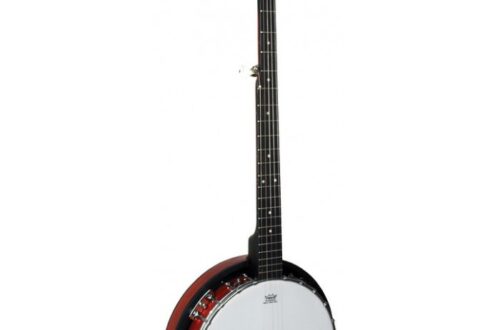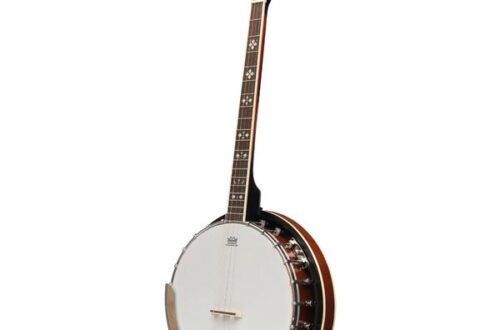Mormon Artists Impact theology Through Art
Mormon artists have the chance to influence their faith’s theology through art, as evidenced by how Heavenly Mother is depicted in pieces created for Mormon faith groups.
While many Mormon artists such as Friberg and Anderson created works that dramatized church history, some contemporary artists are taking an alternative approach. They have begun creating images of Heavenly Mother in various locations, body types, and roles.
Art as a vehicle for teaching
Mormons view art not only as a means of worship but also as an educational tool. The Church encourages artists to create works that illustrate Jesus Christ’s Gospel while also seeking to educate its members about these forms of artistic expression, particularly those creating pieces for temples.
Mormon artists are encouraged to express God in various forms through art. President Grant, for instance, recruited artists during the Depression period and encouraged them to expand their artistic training abroad before returning home to Utah where they illustrated murals for Church meeting houses and temples – Minerva Teichert, LeConte Stewart, Arnold Friberg are examples of artists that took this advice seriously.
Mormon art often features Christian-related subjects as well as references from the Book of Mormon or history of the Church, with such pieces often being commissioned for temples or used to demonstrate LDS values and principles.
Art as a form of worship
Mormons see art as an act of worship, using paintings for prayer or study purposes. Furthermore, art can serve to communicate messages from their church through various mediums such as painting, sculpture, and quilt work.
Mormon religious art of the nineteenth century differed significantly from Protestant and Catholic religious art by not depicting biblical scenes as much. Instead, Mormon art frequently featured historical events from their church’s history or Book of Mormon stories instead.
Many themes within Mormon art reflect its roots in the American West. Harry Anderson’s paintings often draw from his sketches and drawings of Utah as church pioneers migrated there, which resulted in highly realistic works that reflect his church’s emphasis on family and community values.
Art as a reflection of diversity
At a time when “diversity” has become the new mantra in boardrooms, governments, and education settings alike, it is vitally important that voices from diverse communities such as Mormon artists are heard.
Utah-based artist Whitney Johnson is well known for creating figurative works that reflect the spiritual and religious worldview of her church, particularly with regard to its emphasis on family life and the Intermountain West region. Her artistic creations often bear direct visual reference to this theme.
Jared Beckstrand, another Utah-based artist, stands out with a distinct style that blends reality and abstraction. His works often exhibit an air of mystery that gives the impression the image has come into focus through an ineffable vision.
The church offers an expansive art catalog featuring pieces created by members from around the globe, providing Latter-day Saints with access to visual imagery that supports personal and devotional studies as well as offering cultural competence training opportunities and collaboration opportunities that create more inclusive environments.
Art as a reflection of Heavenly Mother
Latter-day Saint artists are exploring new approaches to portray Heavenly Mother. Mormonism provides members a special opportunity to impact its theology through art and other creative outlets, and with discussion over Heavenly Mother becoming less taboo, modern Mormons are beginning to create depictions that honor her nobility and power while also remaining visually appealing.
Taylor Petrey asserts that LDS tradition features many male characters to counter the tendency towards monotheism; however, art historical precedent for depicting divine feminine figures remains less clear.
Artwork by contemporary Mormon artists displays a greater variety in both location and aesthetic of depictions of Heavenly Parents than in previous images, which generally featured him tall and fit. These newer depictions challenge our preconceptions about what an image of a divine figure should resemble.

